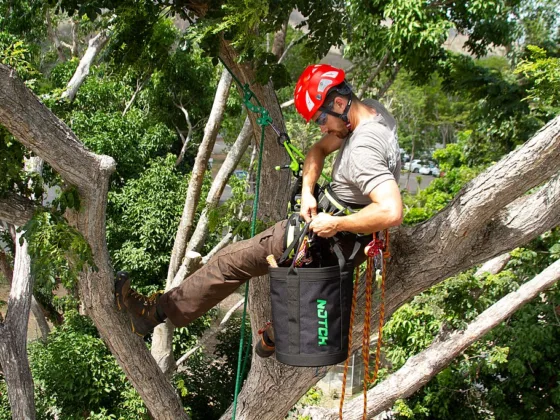Table of Contents Show
Water is precious and scarce. Close to one billion people don’t have access to clean water, and at least two billion don’t have decent toilets at home, according to a joint report of the WHO and UNICEF in 2017. But it’s not only humans who have an unquenchable thirst for and use of water.
Plants need proper watering to grow, among other things. If there’s a way to use water and other resources for your garden effectively, drip irrigation can be a viable option. Find out how this method can help you conserve water and sustain your plants’ growth at the same time.

Getting the Drift of Drip Irrigation
It’s an example of a micro-irrigation system. As the name implies, the water drips to a plant’s base and wets its root zone. At the core of drip irrigation is minimizing evaporation and maximizing water and nutrient absorption of plants. This method can leverage water and air for the plants’ growth.
Read Also:
Why Use Drip Irrigation?
Cost savings top the list and appeal to you or any homeowner who wants to cut the costs of lawn-water use efficiently without underwatering the grass. Indeed, the lawn and the garden represent a fraction of the total household water consumption; you have to factor in the usage patterns in the bathroom, kitchen, laundry, pool, and car. Try a water usage calculator to get a ballpark figure of your bill.
It’s not only the water bill that takes the cut. When you can sustainably manage your yard, you put in less effort and time for weeding, watering, and even trimming, as noted on Angie’s List.
Given the level of water scarcity, you are doing your part in conserving this resource in the overall scheme of things. Drip irrigation shows that it’s not strictly the volume of water that matters, but the utilization or mechanism that goes to the root zone.
When to Use Drip Irrigation
You can apply micro-irrigation to your garden, greenhouse, or lawn because of its relatively small acreage. Drip irrigation is often called trickle irrigation because it can provide as low as 2 to 20 liters of water an hour, per the Food and Agriculture Organization of the United Nations.
The same source reveals that you can take advantage of this system to grow individual plants such as vegetables, crops, and trees. You may have to assign an emitter or two for each plant.
Drip systems can work in most soil types; the crucial part is to check for any sediments or residues that can block the supply from the emitter.
How to Set Up Your Drip System
If you have knowledge on or experience with home irrigation systems, you can install the drip system per the size and layout of your flower beds or vegetable patches. Going by The Spruce’s outline, find your water source, and draw your garden plan. Set up your DIY drip system, which is composed primarily of the following:
- A Y-shaped connector or hose bib that connects your hose and faucet
- A hose that can reach your plants freely
- Emitters that deliver the water directly to plants with each plant having one or two of these drippers
- Valves controlling the flow of water
- Pipes supplying water from your main irrigation line
- The tubing that distributes water via drip lines, micro sprayers, or emitters inserted directly to the tube
- Related Hunter irrigation parts such as fittings, sensors, and timers
You can look into hiring a professional to install your lawn irrigation system. As to whether this move is more effective than DIY, it depends on the complexity of the project, location, and other things.
Let your flowers grow where they are planted and watered effectively.









